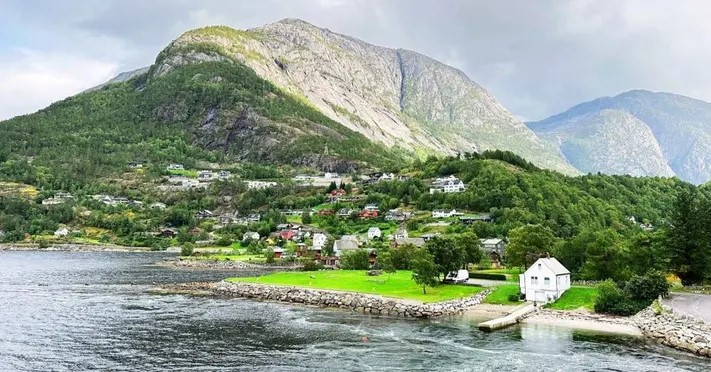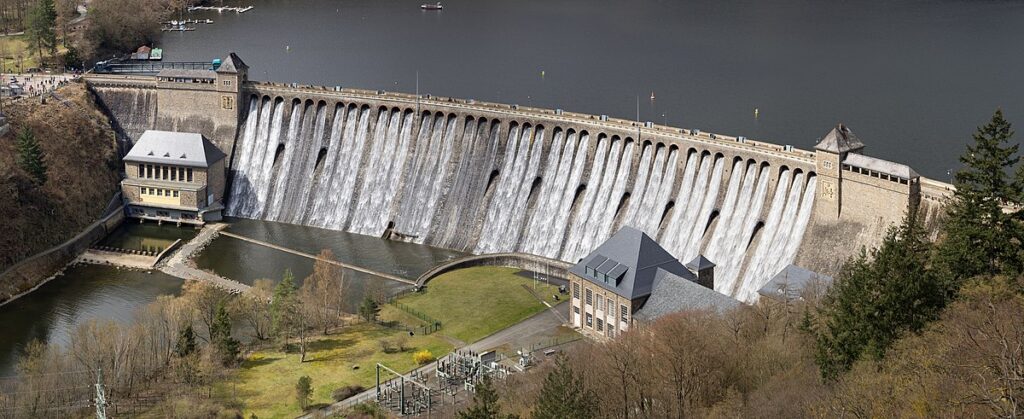
India is home to diverse geographical landscapes, from deserts to mountains, which present unique challenges for water storage and management, particularly in remote and inaccessible regions. Access to clean water is vital for health, agriculture, and economic development, yet many communities in these areas struggle with unreliable water supply. This article explores the challenges faced and innovative solutions that are being implemented to enhance water storage in these regions.
Challenges in Water Storage
Geographical Barriers: Remote areas often face geographical challenges such as rugged terrain, which complicates the transportation of materials needed for traditional water storage solutions. Accessibility issues hinder the implementation of large-scale infrastructure projects.
Climate Variability: India’s climate varies significantly across regions, with some areas experiencing long dry spells followed by intense rainfall. This unpredictability complicates water harvesting and storage, leading to wastage during monsoon seasons and scarcity in drier periods.
Limited Financial Resources: Many remote communities lack the financial resources to invest in sophisticated water storage systems. Government funding may be limited, and local populations often rely on subsistence farming, making it difficult to allocate funds for water infrastructure.
Cultural Practices: Traditional water management practices may not always align with modern techniques. Communities may resist adopting new methods, preferring to rely on longstanding, albeit outdated, practices that may not meet current needs.

Innovative Solutions
Rainwater Harvesting: One of the most effective and sustainable solutions is rainwater harvesting. This technique involves collecting and storing rainwater from rooftops and other surfaces, which can then be used for drinking, irrigation, and other purposes. In rural areas, simple rainwater harvesting systems can be constructed using locally available materials, making it a cost-effective option.
Community-Based Storage Systems: Building small-scale, community-managed water storage systems, such as tanks and ponds, fosters local ownership and sustainability. These systems not only provide immediate access to water but also promote community involvement and education regarding water conservation.
Use of Technology: Innovative technologies, such as solar-powered pumps and smart water management systems, can improve the efficiency of water storage and distribution. For example, solar pumps can draw water from underground sources, and sensors can monitor water levels and usage patterns, ensuring efficient management and minimizing wastage.
Subsurface Dams and Check Dams: Constructing subsurface and check dams in riverbeds captures rainwater runoff and allows it to percolate into the ground, recharging groundwater supplies. These structures are particularly effective in arid and semi-arid regions, where they can mitigate the impacts of drought and ensure a steady water supply.
Bamboo Structures: In some regions, bamboo, a readily available resource, is being used to construct low-cost water storage solutions. Bamboo tanks and reservoirs can be built to collect rainwater or runoff, providing a sustainable option for communities lacking access to conventional storage methods.
Government Initiatives and NGOs: Various government schemes and non-governmental organizations are working to promote water conservation and storage practices in remote areas. Initiatives that offer training, resources, and funding for water management projects are crucial for empowering communities and improving access to clean water.
Conclusion
The challenge of water storage in India’s remote areas requires innovative and sustainable solutions that are tailored to local needs and conditions. By leveraging traditional practices, incorporating modern technology, and fostering community involvement, it is possible to enhance water accessibility and security. As climate variability continues to pose challenges, proactive water management strategies will be essential in ensuring that even the most isolated communities have reliable access to this vital resource. Through concerted efforts, India can work towards achieving water security for all its citizens, irrespective of geographical barriers.


